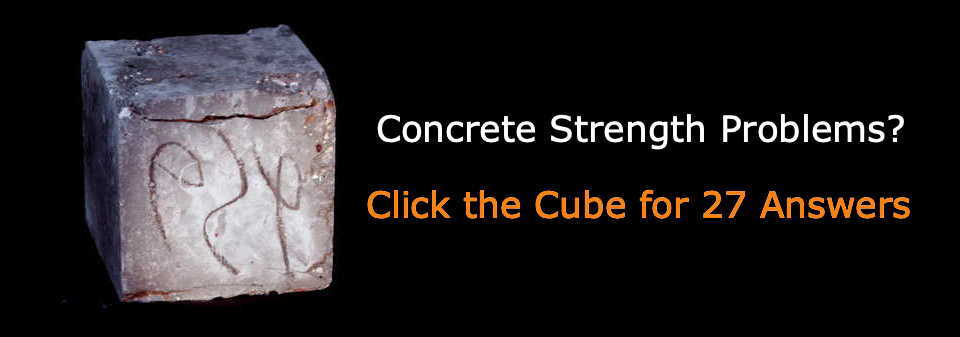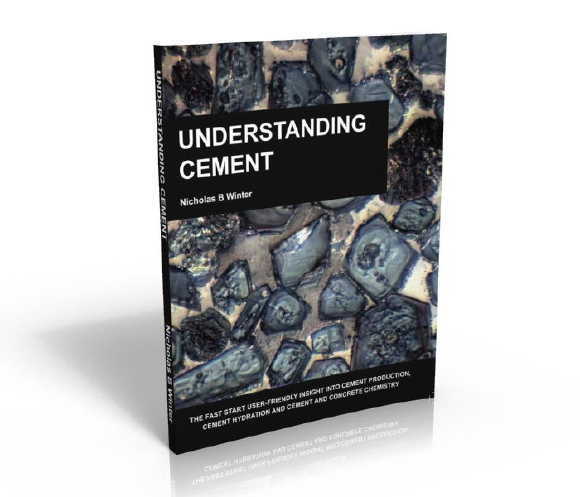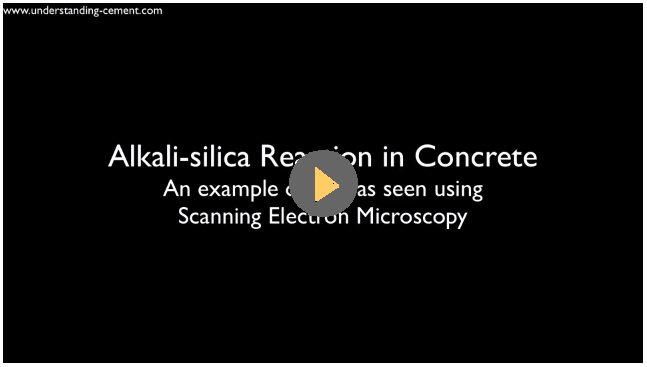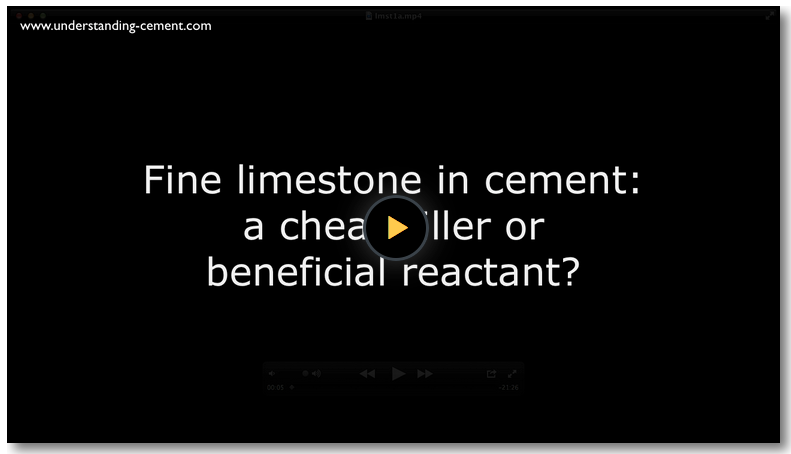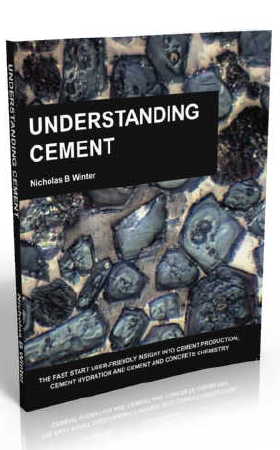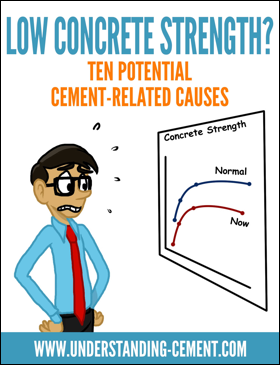Cement manufacturing:
components of a cement plant
This page and the linked pages below summarize the cement manufacturing process from the perspective of the individual components of a cement plant - the kiln, the cement mill etc..
For information on materials, including reactions in the kiln, see the ' Clinker ' pages. For a more detailed account of the cement production process, see the Understanding Cement book.
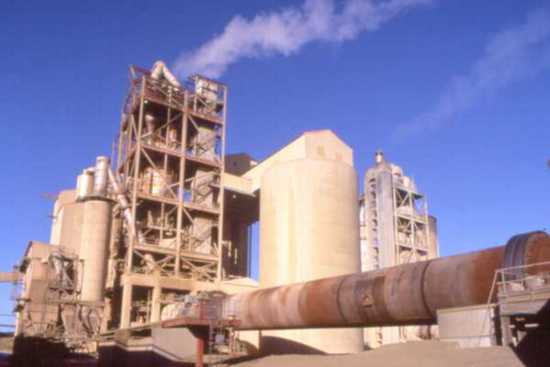 View of a cement kiln (the long nearly-horizontal cylinder) and preheater tower. (Picture courtesy Castle Cement.)
View of a cement kiln (the long nearly-horizontal cylinder) and preheater tower. (Picture courtesy Castle Cement.)Summary of production process
Cement is typically made from limestone and clay or shale. These raw materials are extracted from the quarry crushed to a very fine powder and then blended in the correct proportions.
This blended raw material is called the 'raw feed' or 'kiln feed' and is heated in a rotary kiln where it reaches a temperature of about 1400 C to 1500 C. In its simplest form, the rotary kiln is a tube up to 200 metres long and perhaps 6 metres in diameter, with a long flame at one end. The raw feed enters the kiln at the cool end and gradually passes down to the hot end, then falls out of the kiln and cools down.
The material formed in the kiln is described as 'clinker' and is typically composed of rounded nodules between 1mm and 25mm across.
After cooling, the clinker may be stored temporarily in a clinker store, or it may pass directly to the cement mill.
The cement mill grinds the clinker to a fine powder. A small amount of gypsum - a form of calcium sulfate - is normally ground up with the clinker. The gypsum controls the setting properties of the cement when water is added.
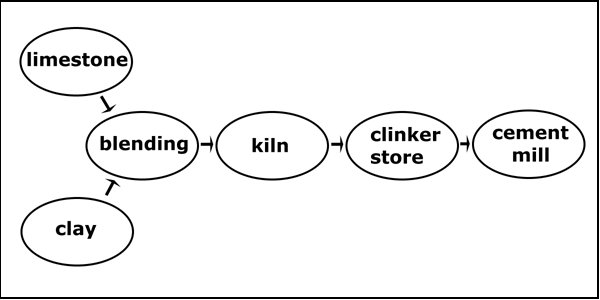 The basic components of the cement production process.
The basic components of the cement production process.Get a Better Understanding of Cement
Articles like this one can provide a lot of useful material. However, reading an article or two is perhaps not the best way to get a clear picture of a complex process like cement production. To get a more complete and integrated understanding of how cement is made, do have a look at the Understanding Cement book or ebook. This easy-to-read and concise book also contains much more detail on concrete chemistry and deleterious processes in concrete compared with the website.
Click here for more information
Check the Article Directory for more articles on this or related topics
